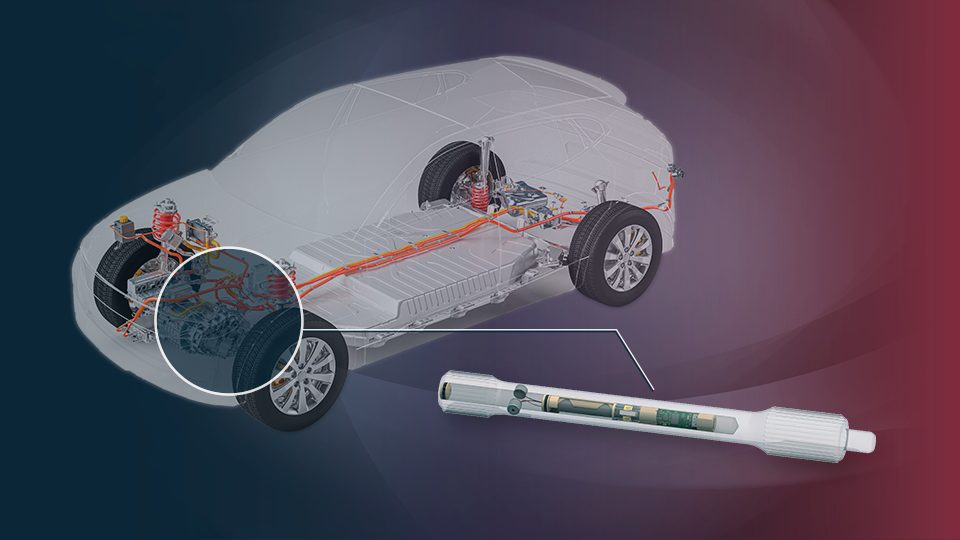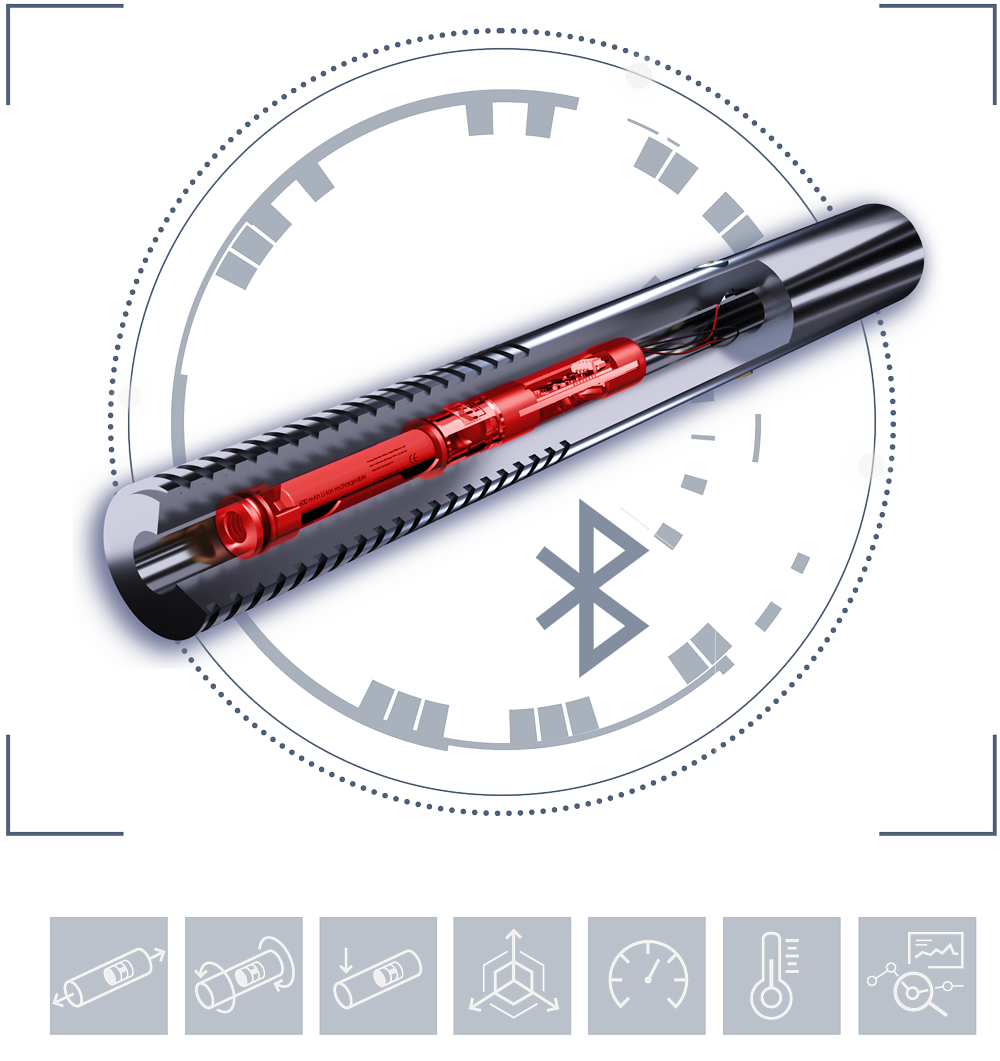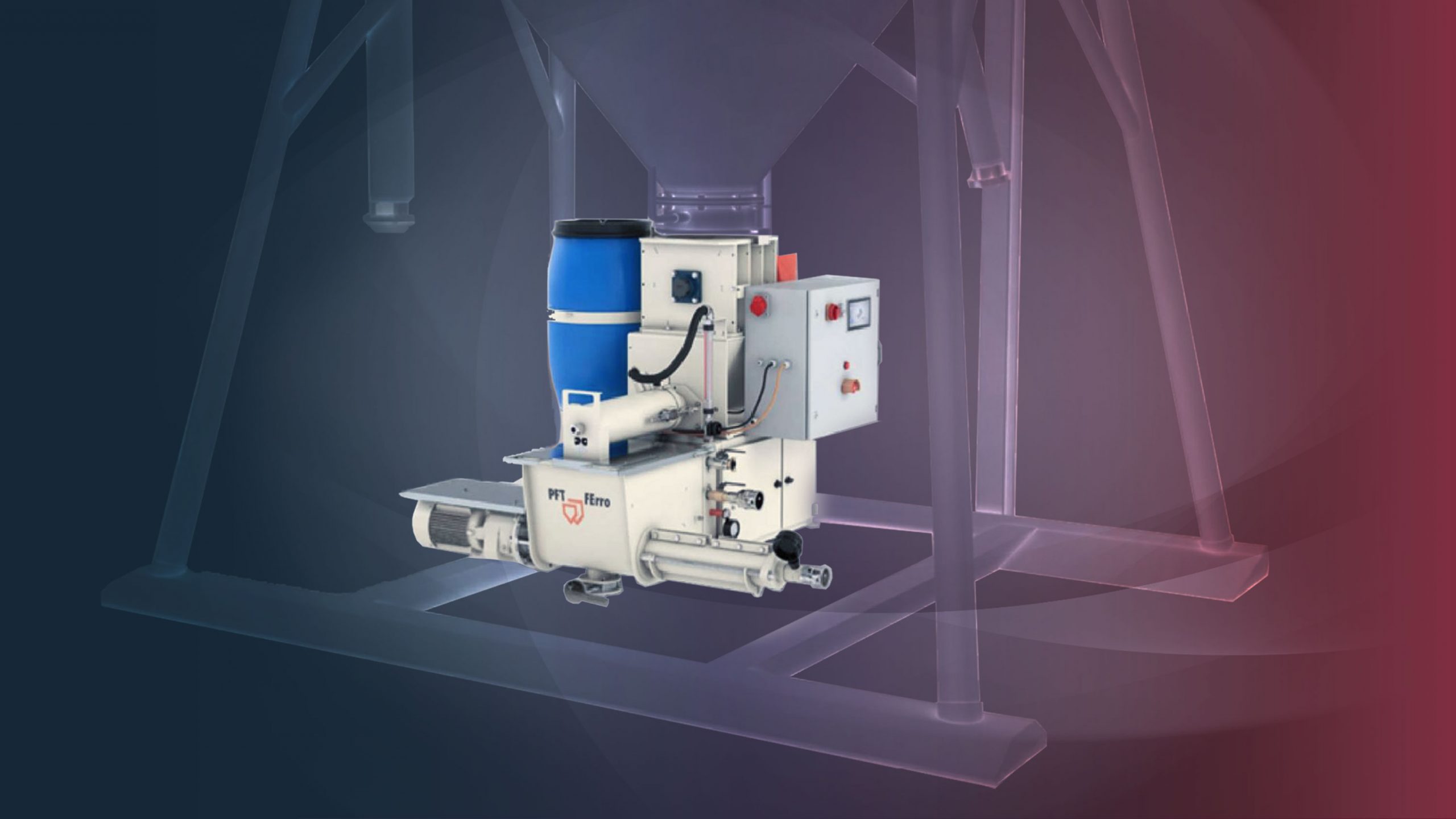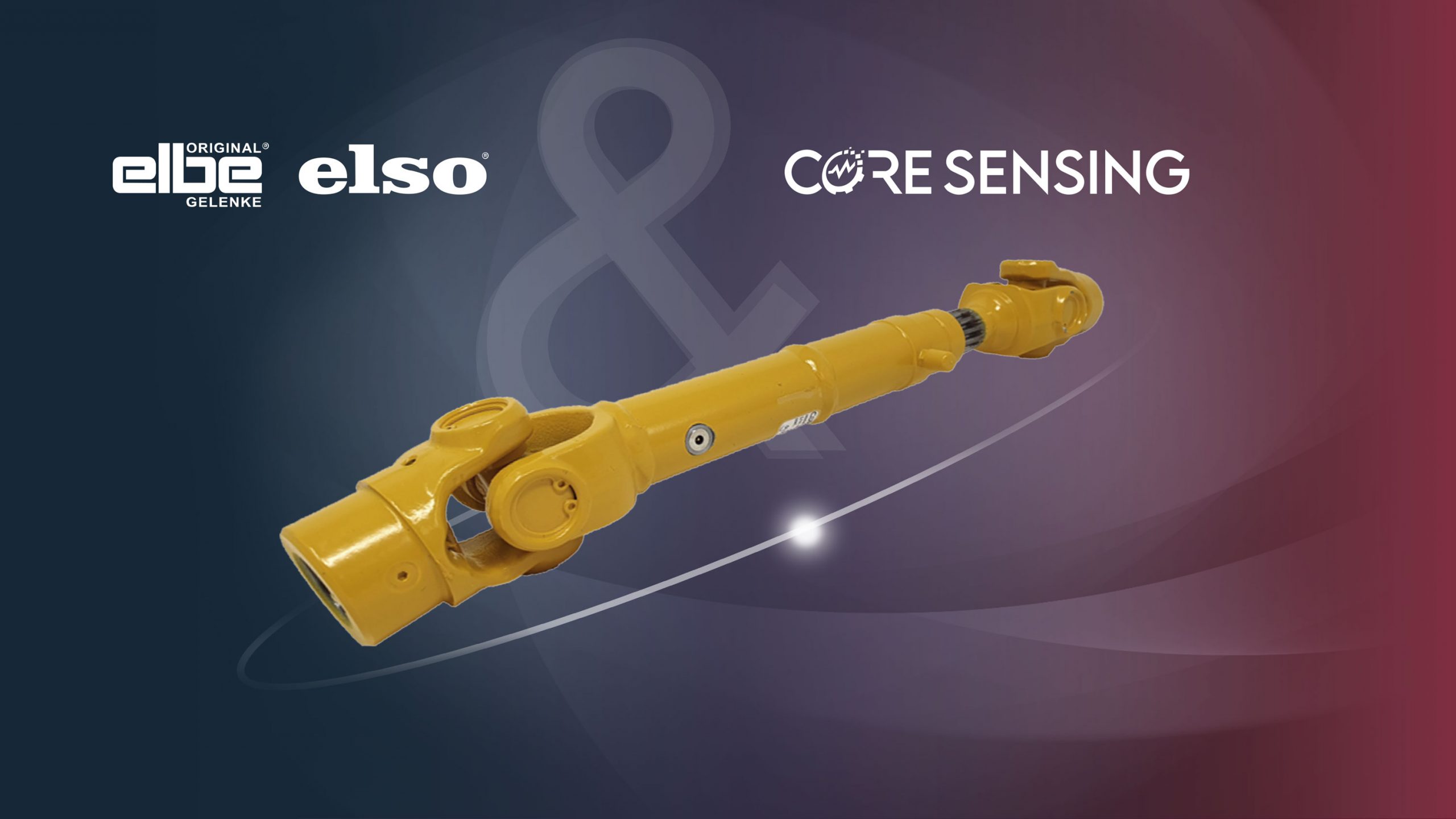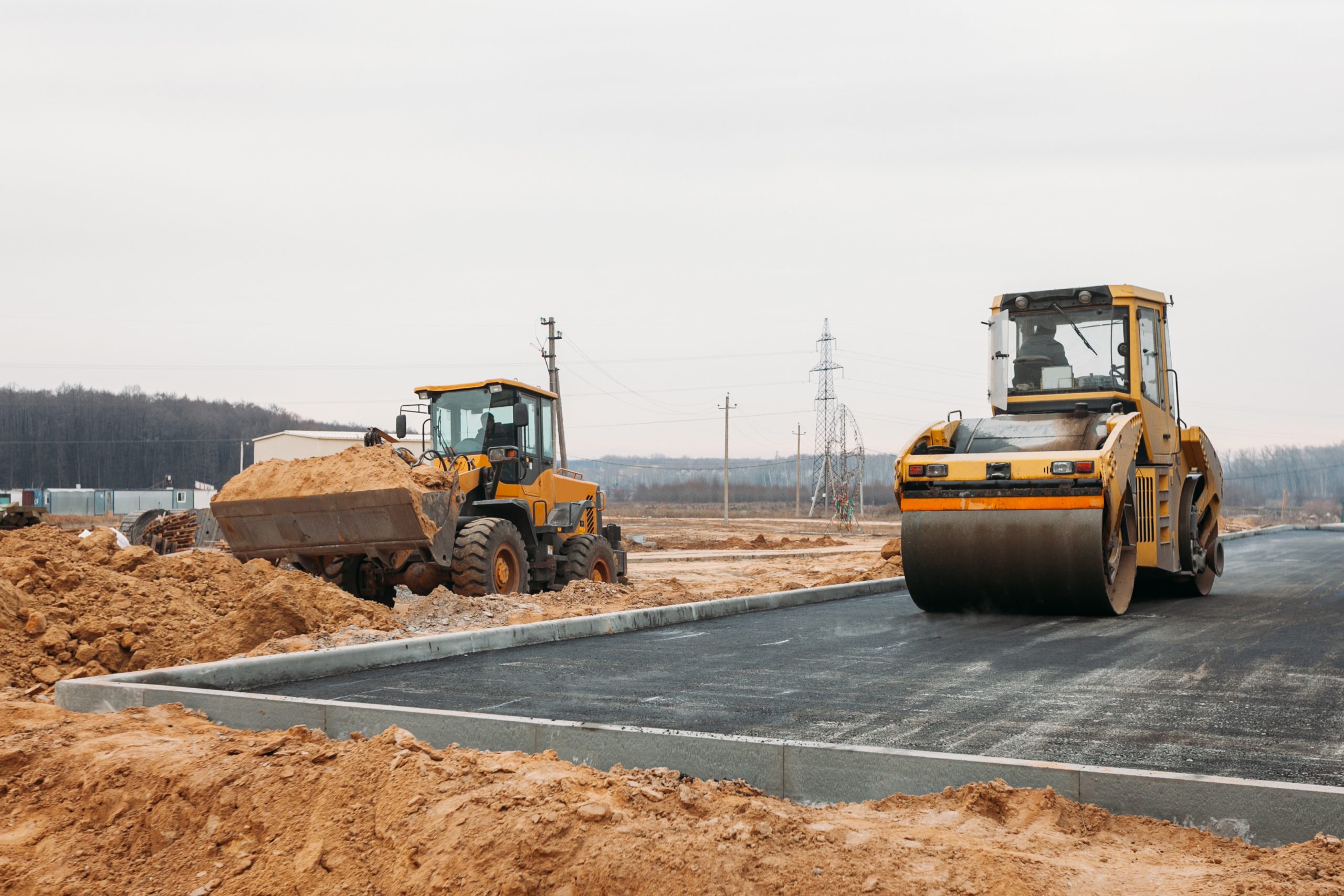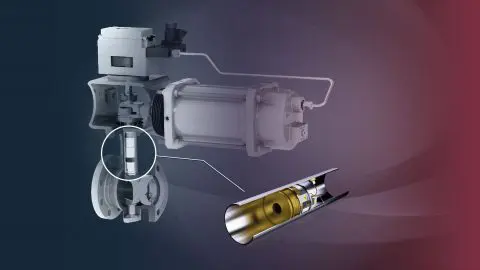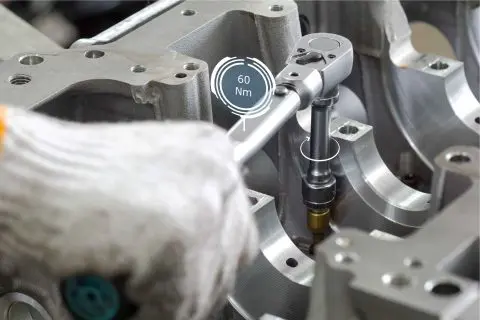Challenge
By 2030, up to 10 million electric cars are to be registered in Germany. The switch to electromobility represents one of the most important steps toward CO2 neutrality in transport.
However, there are various differences in the design of electric vehicles compared with combustion engines. Higher starting torques at the engine, a steeper power curve and a lower center of gravity place a different load on the chassis and suspension.
Checking these loads in early product development is crucial for further design and ensures minimum follow-up costs in these areas. In addition to torques, disturbing lateral forces and bending moments can also occur, which reduce the service life of bearings.
Real loads from road travel are simulated on axle test rigs and the individual components are tested for fatigue strength. The actual loads must be reproduced as realistically as possible. These are recorded in test drives with test vehicles. For this purpose, telemetry systems are usually used to determine the occurring loads via a strain gauge application.
Solution
The integrated sensor unit coreIN is ideally suited for the acquisition of load spectra in test vehicles and for the validation of test benches:
The integrated sensor is protected inside and requires no adaptation of the test bench or prototype vehicle
The integrated sensor measures torque, transverse forces or axial forces and can transmit them wirelessly or store them on the integrated flash memory (up to 24h logging)
The direct position of coreIN in relation to the axis of rotation minimizes the centrifugal forces that occur at high speeds and thus the measurement inaccuracy of the sensor system. The usual mounting of the telemetry on the outside of the drive shaft generates large imbalances due to the distance to the axis of rotation and often requires a restructuring of the machine complex. With coreIN, these efforts are eliminated.
The integrated battery unit is the optimum solution for short-term measurements and rotary motion, and avoids the need to run power cables around and through the machine. With coreIN, the entire sensor including the measuring unit is located inside the drive shaft.
The intelligent sensor component thus replaces the standard component, which is simply replaced, thanks to identical external dimensions.
Sensor component:
Type: stub shaft Length: 350 mm Outer diameter: 26 mmSensor specification:
Type: coreIN
Axial force: 20 kN
Transverse force: 1.5 kN
Energy supply: Rechargeable battery
Deployment:
Test & Development
Sensor component:
Type: stub shaft Length: 350 mm Outer diameter: 26 mmSensor specification:
Type: coreIN
Axial force: 20 kN
Transverse force: 1.5 kN
Power supply: Battery mAh
Deployment:
Test & Development
Sounds exciting? Contact us for a no-obligation consultation and let's find out together what added value a sensor component could offer for your application.
